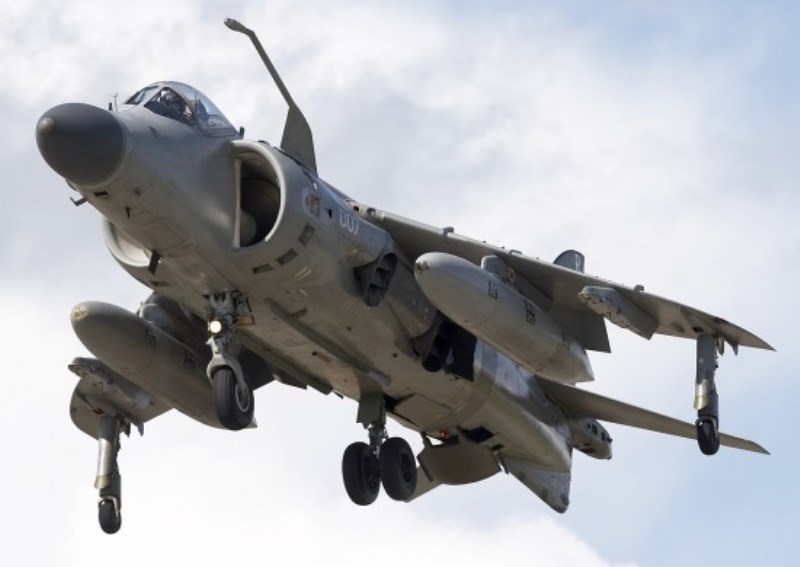embedpress domain was triggered too early. This is usually an indicator for some code in the plugin or theme running too early. Translations should be loaded at the init action or later. Please see Debugging in WordPress for more information. (This message was added in version 6.7.0.) in /var/www/wp-includes/functions.php on line 6121google-analytics-for-wordpress domain was triggered too early. This is usually an indicator for some code in the plugin or theme running too early. Translations should be loaded at the init action or later. Please see Debugging in WordPress for more information. (This message was added in version 6.7.0.) in /var/www/wp-includes/functions.php on line 6121The bicycle is a potentially light weight and compact landing gear architecture for aircraft. It’s characterized by two landing gear structure mount in-line along the fuselague. Out rigger wheels are often reqruied to prevent the vehicle from toppling over and damping the wings.
The following poster accompanies this article:
Landing Gear Classification – Poster
Something missing from this article? Or want to talking about Modelling and Simulation? Contact Skynetics here ![]() , or WebForm.
, or WebForm.

Westly Davidson – Skynetics
V0.2 – Mar 2025
The bicycle landing gear configuration consists of two main structural landing gears arranged in line with the aircraft’s fuselage, forming a tandem arrangement. There are a number of benefits of this arrangement and a number of excellent aircraft examples. For classification purposes, some aircraft feature a single main wheel with a small secondary tail wheel; however, since the tail wheel primarily to provide stability while the main wheel bears most of the ground load, these are categorized separately as uni-cycle arrangements.
This configuration is generally preferred for aircraft with long and/or narrow fuselages, as it helps satisfy packaging constraints and improves the distribution of ground loads. It is particularly beneficial for long aircraft where traditional tricycle landing gear configurations may not be optimal.
Due to the inline arrangement, outrigger wheels are typically required for stability. These are usually mounted at the wingtips or on wing-mounted engine nacelles. This presents challenges for ground handling, and taxiing manoeuvres can place significant loads on these outrigger wheels, potentially stressing wing structures.
The bicycle landing gear system was widely explored between the 1950s and 1970s, particularly at the start of the jet era when specific design considerations favoured this arrangement. Several of the example below have the characteristic long narrow fuselage, but also engine location meant that packaging a tri-cycle arrangement would have been problematic.
Below are notable examples of aircraft featuring bicycle landing gear, categorized by Maximum Takeoff Weight (MTOW) and wheel configuration.
Many gliders (both powered and unpowered) and small single-passenger recreational aircraft use a similar landing gear arrangement. Typically, they have a single main gear with a tail wheel, which classifies them more accurately as uni-cycle landing gears.
Both the Soviet Yak-25 and British Harrier aircraft feature a single-wheel front, a dual-wheel rear LG with outrigger wheels. Although the reason for this Landing gear arrangements are for different reasons:
In this higher weight category, the structures are composed for two dual-wheel assemblies.
Other notable mentions in this category include:
One of the most unique experimental aircraft employing this configuration, the Bartini Beriev VVA-14 had an MTOW of 52,000 kg. Designed for runway landings, amphibious operations, high-altitude flight, and ground-effect travel, it was also intended for vertical take-off. Its bicycle landing gear featured a dual-wheel front gear, while the rear landing gear had a dual tandem configuration.
For more insight, here’s an entertaining video about the VVA-14: The Strangest Aircraft Ever Built: The Soviet Union’s VVA-14.
| Cookie | Duration | Description |
|---|---|---|
| cookielawinfo-checkbox-analytics | 11 months | This cookie is set by GDPR Cookie Consent plugin. The cookie is used to store the user consent for the cookies in the category "Analytics". |
| cookielawinfo-checkbox-functional | 11 months | The cookie is set by GDPR cookie consent to record the user consent for the cookies in the category "Functional". |
| cookielawinfo-checkbox-necessary | 11 months | This cookie is set by GDPR Cookie Consent plugin. The cookies is used to store the user consent for the cookies in the category "Necessary". |
| cookielawinfo-checkbox-others | 11 months | This cookie is set by GDPR Cookie Consent plugin. The cookie is used to store the user consent for the cookies in the category "Other. |
| cookielawinfo-checkbox-performance | 11 months | This cookie is set by GDPR Cookie Consent plugin. The cookie is used to store the user consent for the cookies in the category "Performance". |
| viewed_cookie_policy | 11 months | The cookie is set by the GDPR Cookie Consent plugin and is used to store whether or not user has consented to the use of cookies. It does not store any personal data. |